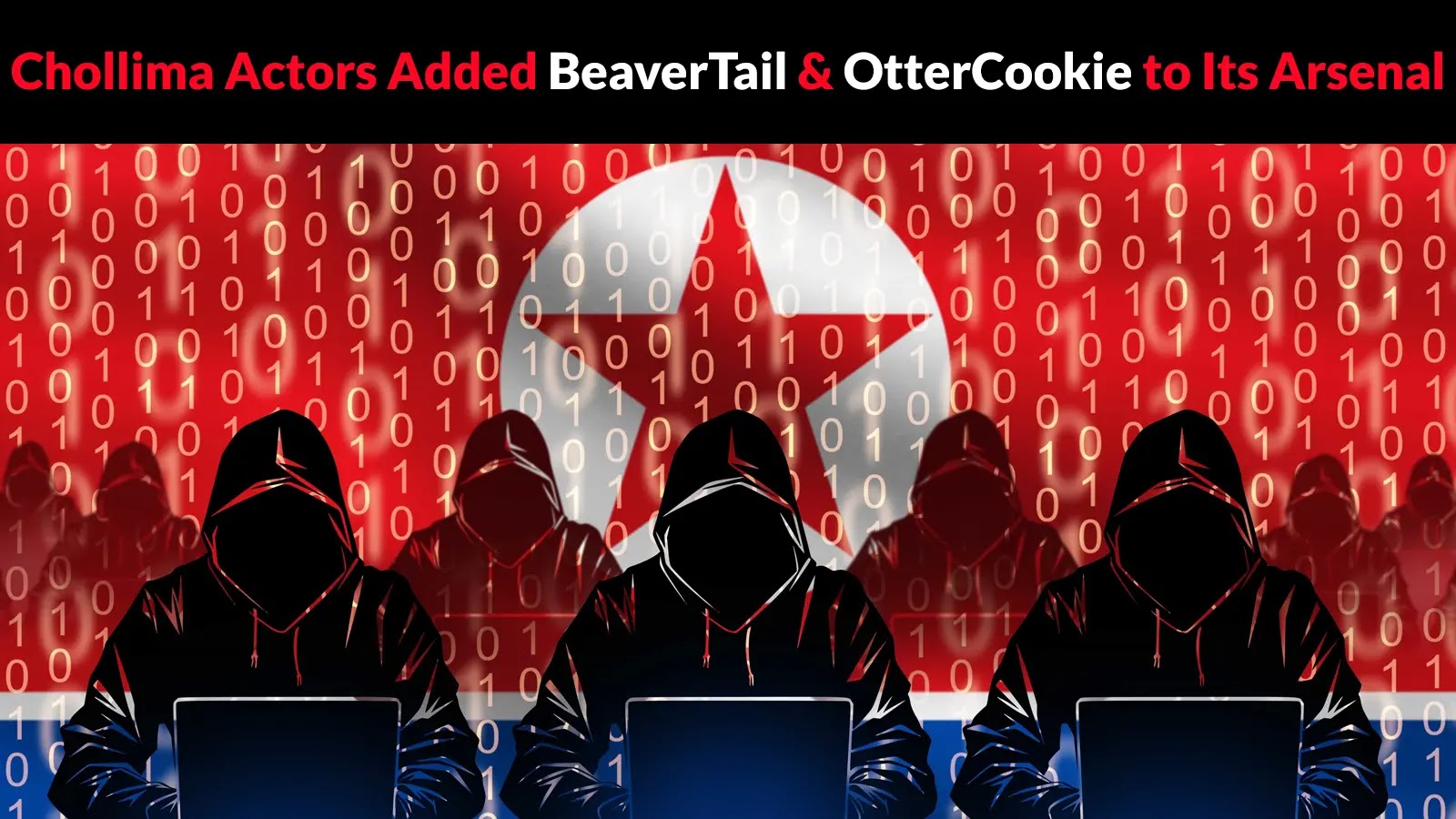
North Korean Chollima Actors Added BeaverTail and OtterCookie to Its Arsenal
North Korean threat actors, particularly the infamous Chollima group, have consistently demonstrated a sophisticated and evolving approach to cyber warfare. Recent intelligence indicates a significant escalation in their capabilities, specifically with the integration of two potent new malware strains: BeaverTail and OtterCookie. This strategic augmentation marks a critical shift in Chollima’s operational methodology, particularly their renewed focus on the lucrative cryptocurrency and blockchain sectors. Understanding these new additions to their arsenal is paramount for anyone involved in digital asset security.
Chollima’s Evolving Threat Landscape
Chollima, a threat group directly affiliated with North Korea’s Reconnaissance General Bureau (RGB), has long been a significant player in state-sponsored cyber espionage and financially motivated attacks. Their activities are often designed to circumvent international sanctions and fund the North Korean regime. The integration of BeaverTail and OtterCookie into their operational toolkit signals a deliberate enhancement of their attack infrastructure, enabling more sophisticated and targeted campaigns against their chosen vectors.
Unpacking BeaverTail: The New Spearhead
While specific technical details regarding BeaverTail are still emerging, its deployment by Chollima suggests a sophisticated new entry point into target systems. Threat intelligence indicates BeaverTail is likely designed to establish initial footholds, exfiltrate sensitive data, or set the stage for subsequent, more destructive attacks. Its presence in Chollima’s arsenal underscores a continued investment in developing bespoke malware to evade detection and maintain persistence within compromised environments. Organizations operating in the cryptocurrency and blockchain spaces should particularly fortify their defenses against advanced persistent threats (APTs) that utilize novel malware families like BeaverTail for initial compromise.
OtterCookie: Facilitating Persistent Access and Data Exfiltration
Complementing BeaverTail, OtterCookie appears to serve as a robust mechanism for maintaining persistent access and facilitating data exfiltration. Malware strains of this nature are crucial for long-term espionage objectives, allowing threat actors to continuously monitor compromised systems, harvest credentials, and steal digital assets. The dual deployment of BeaverTail and OtterCookie demonstrates a well-orchestrated attack chain, where initial compromise is followed by sustained control and data theft. This particular evolution points to Chollima’s intent to not only breach systems but to thoroughly exploit them over extended periods.
Targeting Cryptocurrency and Blockchain: A Strategic Imperative
The cryptocurrency and blockchain sectors remain a prime target for North Korean threat actors. The decentralized nature of these technologies, coupled with the potential for massive financial gains, presents an attractive avenue for sanctions evasion and illicit funding. Chollima’s adoption of BeaverTail and OtterCookie is a direct response to the increasing security measures within these sectors. These new tools are likely tailored to bypass current defenses, exploit specific vulnerabilities within blockchain platforms, or compromise individuals with access to significant digital assets. The convergence of these advanced malware strains specifically for these financial targets highlights the increasing threat level.
Remediation Actions and Proactive Defense
Given the escalating sophistication of Chollima’s tactics, organizations, especially those in the cryptocurrency and blockchain industries, must adopt a proactive and layered defense strategy. The following actions are critical:
- Enhanced Endpoint Detection and Response (EDR): Deploy and continuously monitor EDR solutions capable of detecting anomalous behavior and novel malware strains like BeaverTail and OtterCookie.
- Regular Security Audits and Penetration Testing: Conduct frequent audits of all digital infrastructure, including smart contracts and blockchain platforms, to identify and rectify vulnerabilities before they can be exploited.
- Strong Authentication and Access Control: Implement multi-factor authentication (MFA) across all systems and enforce strict least privilege access policies to limit the impact of compromised credentials.
- Employee Security Awareness Training: Educ educate employees on advanced social engineering techniques, phishing, and spear-phishing attacks, which are often the initial vector for malware delivery.
- Threat Intelligence Sharing: Actively participate in threat intelligence sharing communities to stay abreast of the latest tactics, techniques, and procedures (TTPs) used by groups like Chollima.
- Patch Management: Maintain a rigorous patch management schedule to ensure all systems and applications are updated with the latest security fixes. This can neutralize known vulnerabilities such as CVE-2023-2825, which could be exploited in initial compromise attempts.
- Network Segmentation: Implement robust network segmentation to contain potential breaches and limit lateral movement by threat actors within the network.
Conclusion
The integration of BeaverTail and OtterCookie into North Korean Chollima actors’ arsenal represents a significant escalation in their cyber capabilities. This development underscores an ongoing commitment to targeting the cryptocurrency and blockchain sectors with heightened sophistication. For IT professionals, security analysts, and developers, understanding these new threats is not merely academic; it is essential for developing robust and resilient defense strategies. Proactive security measures, continuous monitoring, and a vigilance against evolving TTPs are the only effective counters to this persistent and well-resourced threat.





